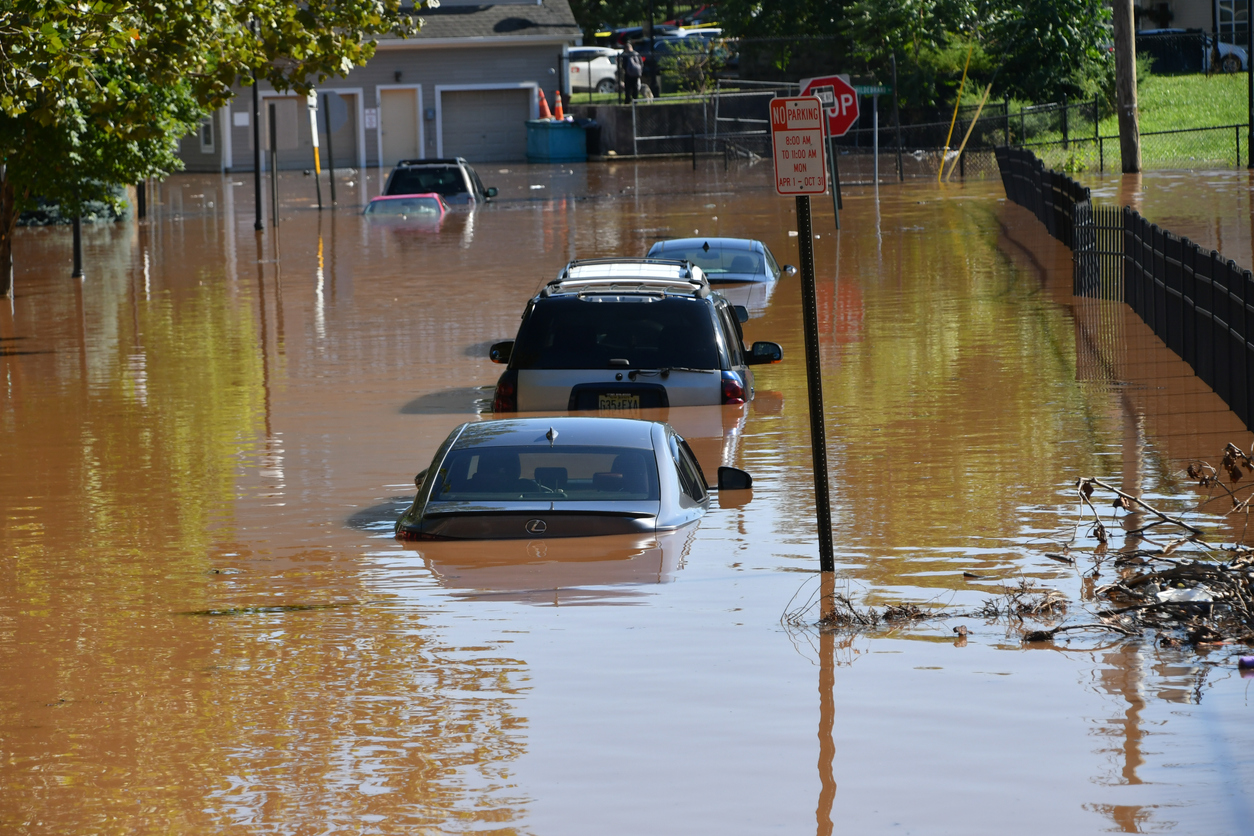First off, let’s understand exactly what floods entail, as far as your National Flood Insurance Program (NFIP) policy is concerned. In most NFIP policies, “Flood” means:
- A general and temporary condition of partial or complete inundation of normally dry land areas due to any of the following:
(1) Overflow of inland or tidal waters from a natural or man-made body of water, including:
(a) Waves, such as tidal wave and tsunami;
(b) Storm surge; and
(c) Spray from any such overflow; all whether driven by wind or not
(2) Unusual or rapid accumulation or runoff of surface waters from any source, including release of water from a:
(a) Dam;
(b) Levee;
(c) Seawall; or
(d) Other similar boundary or containment system; or
(3) “Mudslide or mudflow” caused by flooding as defined in 5.a.(1) and 5.a.(2) above.
b. Collapse or sinking of land along the shore of a body of water as a result of erosion or undermining caused by waves or currents of water which exceed cyclical levels and cause flooding as defined in 5.a.(1) above.
All flooding in a continuous or protracted event will constitute a single occurrence of “flood”.
With that definition in hand, let’s understand another important point about your NFIP coverage: It’s intended to get homeowners some relief – not make them whole.
Now let’s get to the next key question: are you covered?
If you only have a flood policy through NFIP, then the answer may be ‘No’. In residential policies, the coverage limit for a single-family residence is $250K for the structure and $100K for personal property. The maximum coverage limit for businesses is $500K for the building and $500K for your business personal property.
This is important to understand because, in our experience, people who buy a flood policy through NFIP think they have comprehensive flood insurance.
This is a myth!
In fact, these policies are not only limited by dollar values but also are limited in what they cover. NFIP policies are limited when it comes to damage that is below-grade – that is, related to flooding. These policies mainly cover unfinished drywall, insulation, mechanicals, plumbing, electrical but not paint, wallpaper and flooring.
So, if you have a policy through NFIP, read through it very carefully to understand what is covered and what is not. If you want full flood insurance protection, you will have to purchase a complementary policy through a private insurance provider – it may be costly depending on the location of your property. It will be worth it, of course, in the event of major flood damage.
But if you only have a flood policy through NFIP, give it a good read and understand what it actually covers. Remember: it’s only supposed to help you get you back on your feet – not make you entirely whole after a flood loss.




